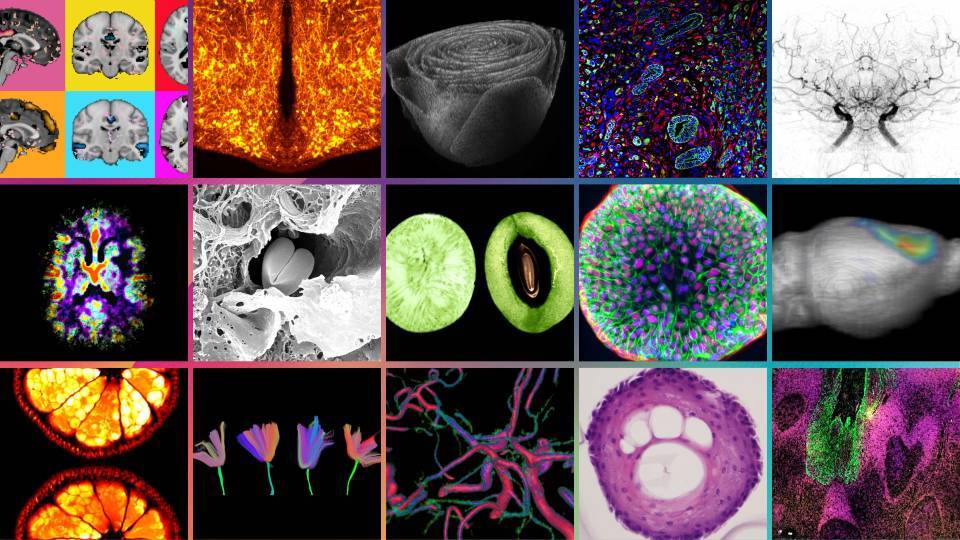During the first few months of life, crying is the way in which babies communicate, and this is usually interpreted by their parents as a signal of distress or need.
A study was carried out by the Neonatology Unit at the Hospital Clínic Barcelona-IDIBAPS in which Anna Lucia Paltrinieri and Oscar Garcia-Algar—paediatrician and head of the hospital’s Neonatology Service—participated, in collaboration with the health technology startup Zoundream AG, specialized in cry analysis. The study highlights the complexity of newborn cries and argues that their analysis can become an objective and reliable tool that helps parents to better understand the baby and improve the relationship between both parties.
Babies cry on average between 1.5 and 3 hours a day. The impact of crying on parents can trigger feelings of anxiety, depression, helplessness, anger and frustration, which negatively affect bonding with the baby. This could compromise their care, as well as their neurological development process.
The exploratory study carried out made it possible to classify each type of cry and attribute specific characteristics according to acoustics, electroencephalography (EEG) signals, regional cerebral oxygen saturation (near-infrared spectroscopy, NIRS), facial expressions and body movements, among other things.
Different cry types
The study included 38 healthy newborns with no major congenital anomalies or illnesses, recruited from the Hospital Clínic Maternity Hospital. EEG, NIRS, audio and video data were collected from each newborn while they were crying spontaneously. These data were used to define distinct cry types generated by different situations such as hunger, sleepiness, fussiness, need to burp and stress. This data collection, in addition to having significant implications for the bond between the baby and parents, can improve their medical care by understanding the newborn’s first attempts at communication.
The key findings showed how each type of cry is characterized by different acoustic, neurophysiological and behavioural patterns. For example, the hungry cry is constant, rhythmic, short, intense and noisy, but not high-pitched, and can elicit a variety of facial expressions and body movements designed to attract the caregiver’s attention. The distress call, on the other hand, has few pauses, is erratic and more high-pitched. Meanwhile, the burp call is similar to the latter, but hoarser due to the strain exerted on the vocal cords.
The sleepy cry is long, with prolonged monotonous sounds that have a clear falling melody, whilst the fussy cry is very similar although it is more like a wail than a real cry and its interpretation depends a great deal on the context in which it occurs.
This pioneering multi-modal study creates a precedent in research into the analysis of crying, stating that this expression triggers a complex communicative process in the baby, which involves neurophysiological and behavioural patters that help differentiate the distinct cry types associated with the newborn's different needs or moods. These findings will serve to explore the interpretation of crying in greater depth, and above all highlight the clinical potential of cry analysis as an objective and accessible tool for enhancing the infant-parent relationship and ensuring the well-being of the family and the development of the newborn.
Study reference:
Ana Laguna, Sandra Pusil, Àngel Bazán, Jonathan Adrián, Zegarra-Valdivia, Anna Lucia Paltrinieri, Paolo Piras, Clàudia Palomares i Perera, Alexandra Pardos Véglia, Oscar Garcia-Algar, Silvia Orlandi. Multi-modal analysis of infant cry types characterization: Acoustics, body language and brain signals. Computers in Biology and Medicine. 2023. doi.org/10.1016/j.compbiomed.2023.107626.




